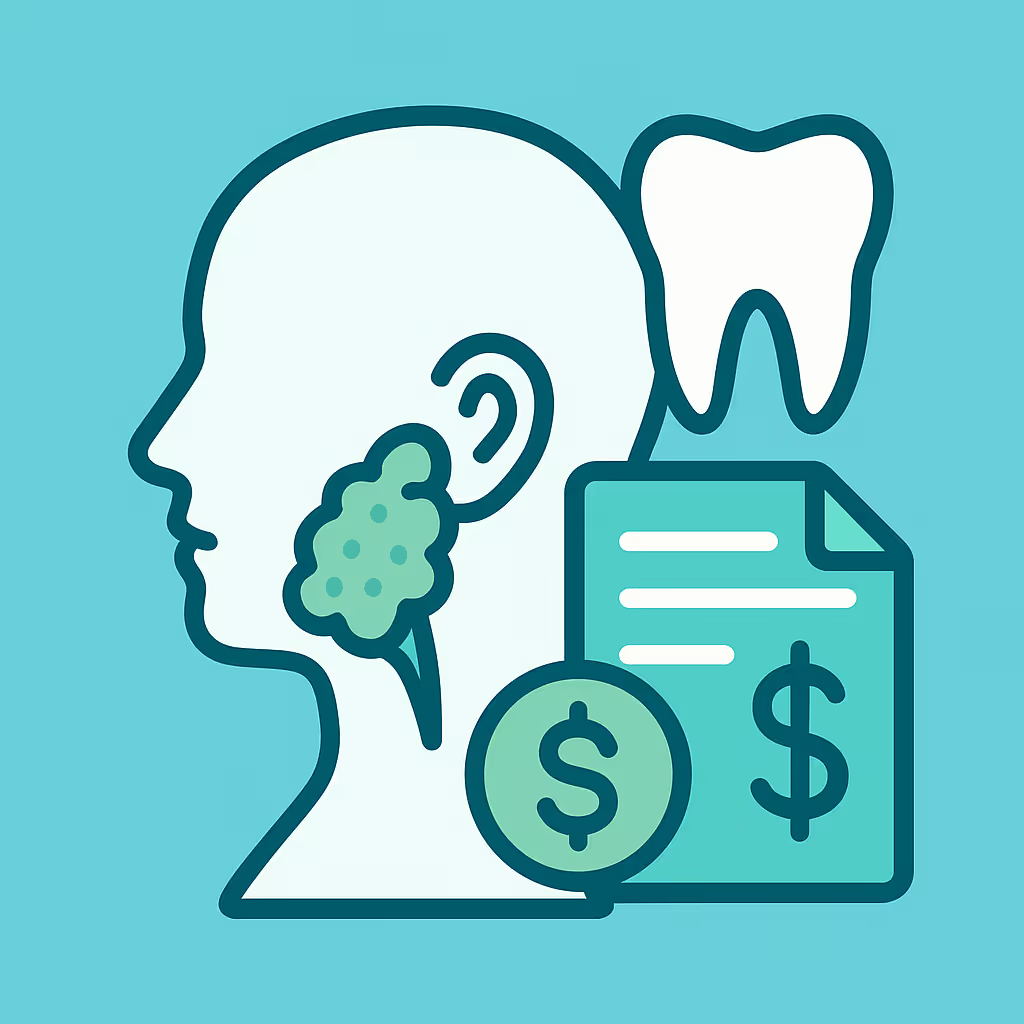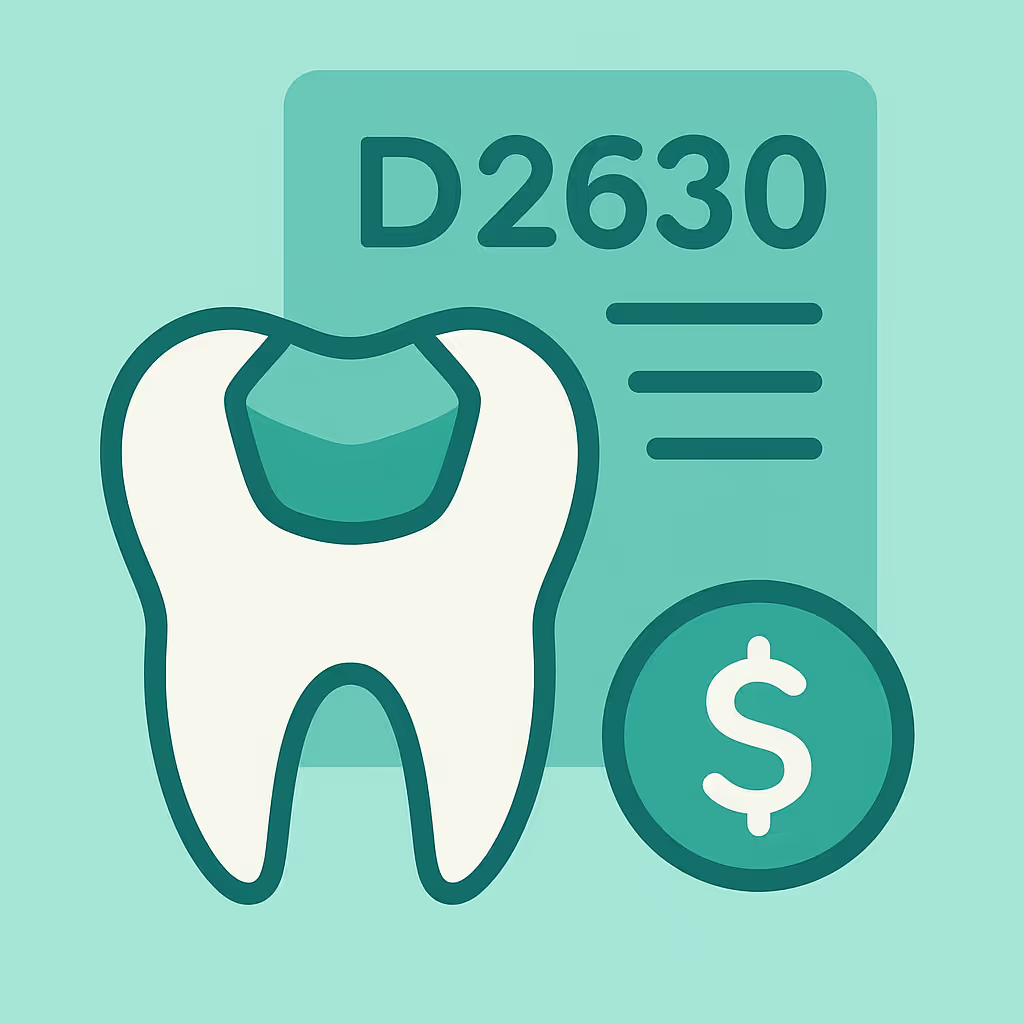Understanding Dental Code D6062
When to Use D6062 dental code
The D6062 dental code is designated for an abutment supported cast metal crown (high noble metal). This CDT code should be used when restoring a dental implant with a crown that is fabricated from high noble metal and is supported by an abutment. It’s important to distinguish D6062 from similar codes, such as those for porcelain-fused-to-metal or base metal crowns, to ensure accurate billing and avoid claim denials. Use D6062 only when the crown is made of high noble metal (e.g., gold, platinum, palladium alloys) and is placed over an implant abutment, not a natural tooth.
Documentation and Clinical Scenarios
Proper documentation is essential for successful reimbursement of D6062. Clinical notes should clearly indicate:
- The presence of a dental implant and abutment.
- The material used for the crown (specifically high noble metal).
- Radiographs or intraoral images confirming the implant and abutment placement.
- A narrative explaining the clinical necessity for a high noble metal crown, such as patient-specific metal allergies or functional requirements.
Common clinical scenarios include patients with posterior implants requiring durability or those with a history of metal allergies that necessitate high noble alloys. Always ensure your documentation matches the clinical situation to support the use of D6062.
Insurance Billing Tips
Maximizing reimbursement for D6062 requires attention to detail:
- Verify coverage: Before treatment, confirm the patient’s implant and crown benefits, including any downgrades to base metal crowns or frequency limitations.
- Submit detailed narratives: When submitting claims, include a narrative that justifies the use of high noble metal and attach supporting documentation (radiographs, photos, chart notes).
- Use correct CDT codes: Ensure you are not confusing D6062 with codes for crowns on natural teeth or other implant-supported crowns, such as D6065 for porcelain-fused-to-metal crowns.
- Track EOBs: Review explanation of benefits (EOBs) promptly. If the claim is denied or downgraded, prepare to submit a claim appeal with additional documentation.
Successful dental offices have a protocol for insurance verification, pre-authorization, and follow-up on claims involving implant-supported crowns. Training your team on these steps can reduce AR days and improve collections.
Example Case for D6062
Case: A 55-year-old patient presents with a missing mandibular molar. After implant placement and healing, a custom abutment is placed. Due to the patient’s bruxism and history of metal allergies, the dentist recommends a cast high noble metal crown for optimal strength and biocompatibility. The clinical notes detail the rationale, and radiographs are included. The claim is submitted with D6062, a supporting narrative, and documentation. The insurance initially downgrades to a base metal crown, but after a timely appeal with additional documentation, the claim is approved for the high noble metal crown.
This example highlights the importance of precise documentation, code selection, and diligent follow-up in maximizing reimbursement for D6062.





